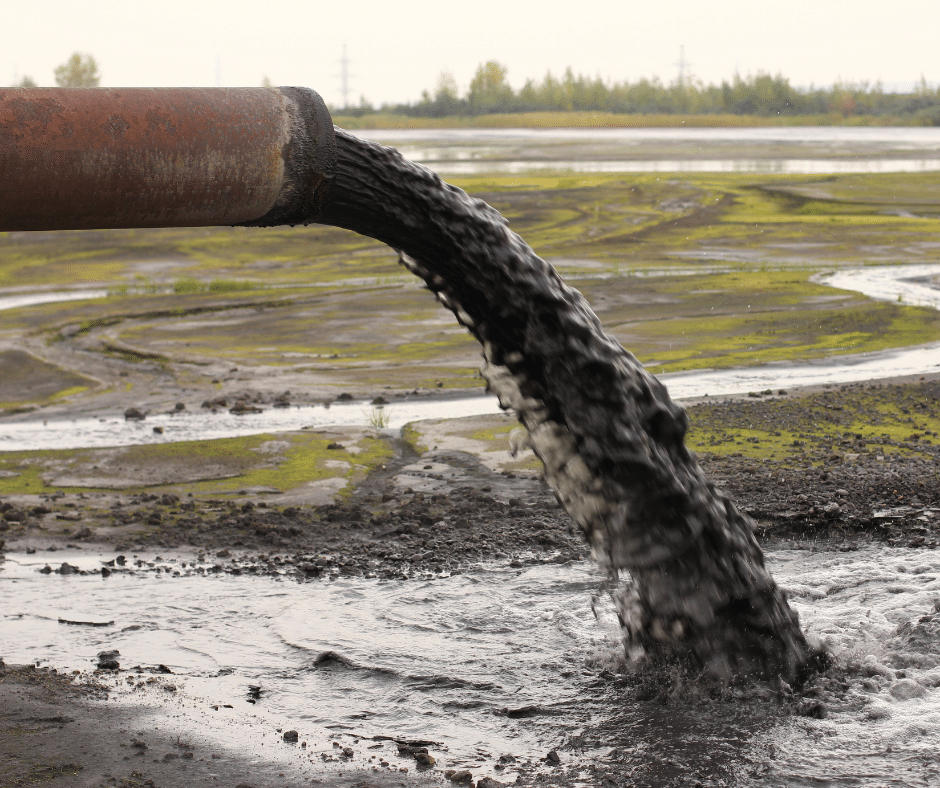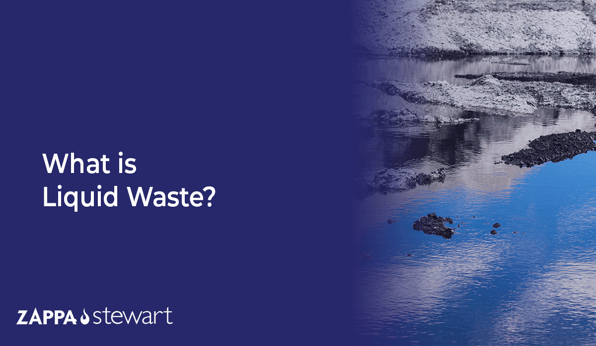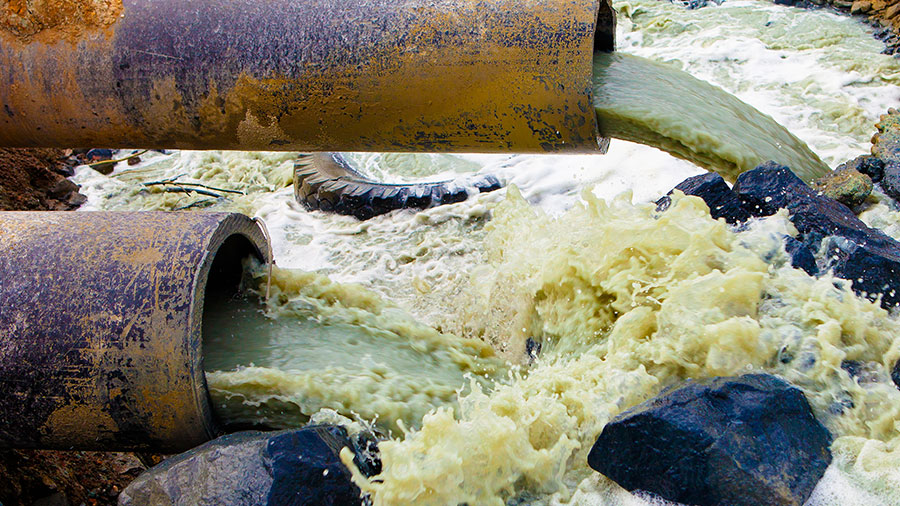Leading Liquid Waste Disposal Melbourne: Trusted Providers for Correct Waste Monitoring
Leading Liquid Waste Disposal Melbourne: Trusted Providers for Correct Waste Monitoring
Blog Article
Exactly How Liquid Waste Disposal Works: A Thorough Summary of Strategies and Technologies Used

Summary of Fluid Waste Types
The complexity of fluid waste kinds requires a comprehensive understanding of their features and ramifications for disposal. Liquid waste can generally be classified right into a number of types, consisting of industrial, metropolitan, agricultural, and hazardous waste. Each category exhibits distinct buildings, calling for certain administration techniques to alleviate ecological and health and wellness risks.
Industrial liquid waste stems from making procedures and commonly consists of a series of contaminants, such as hefty steels, solvents, and organic compounds. Metropolitan fluid waste, mainly comprising wastewater from households and commercial facilities, includes organic issue, nutrients, and pathogens (industrial wastewater treatment). Agricultural liquid waste, consisting of overflow from ranches, might include plant foods, chemicals, and animal waste, posturing dangers to water quality and ecosystems
Unsafe liquid waste is defined by its poisoning, reactivity, or prospective to trigger injury. Recognizing these varied liquid waste kinds is crucial for establishing reliable disposal methods and guaranteeing conformity with environmental policies.
Physical Therapy Techniques

Testing is the preliminary step, where larger fragments and debris are removed from the fluid waste making use of displays or grates. In sedimentation tanks, larger bits work out at the bottom, forming a sludge layer, while the made clear liquid can be more dealt with.
Filtering is an additional crucial technique that involves passing the fluid with permeable products, such as sand or membrane layers, to capture smaller sized bits. This action improves the quality of the fluid, making it appropriate for succeeding treatment procedures.

Chemical Therapy Methods
Chemical treatment strategies are important for successfully managing fluid waste, particularly in dealing with dissolved and colloidal pollutants that physical methods might not properly eliminate. These techniques make use of various chemical representatives to neutralize, precipitate, or change dangerous substances into much less hazardous types.
One usual approach is coagulation and flocculation, where chemicals such as alum or ferric chloride are included in advertise the gathering of suspended particles. This procedure enhances sedimentation, permitting for easier removal of the resulting sludge. In addition, oxidation procedures, employing agents like chlorine or ozone, are employed to break down complex organic substances and virus, rendering the waste much safer for discharge or more treatment.
Neutralization is another important strategy, which readjusts the pH of acidic or alkaline waste streams to neutral levels, protecting against potential harm to downstream systems and the environment. Additionally, progressed oxidation procedures (AOPs) utilize combinations of oxidants and ultraviolet light to deteriorate consistent contaminants, accomplishing a greater level of treatment efficiency.
Biological Treatment Processes
Biological therapy processes play an important function in the administration of fluid waste by using bacteria to disintegrate raw material and lower impurity degrees. These processes can be extensively classified right into anaerobic and cardiovascular treatments, each employing specific microbial areas to attain efficient waste deterioration.
Cardio treatment includes making use of oxygen to promote the break down of organic products by bacteria. This process is commonly applied in turned on sludge systems, where aeration tanks offer a favorable atmosphere for microbial growth, bring about the oxidation of natural contaminants. The resultant biomass can be separated from treated effluent with sedimentation.
In contrast, anaerobic therapy happens in the absence of oxygen, counting on various germs to break down raw material. This method is specifically helpful for high-strength waste, as it produces biogas, a sustainable energy resource, while reducing sludge manufacturing. Technologies such as anaerobic digesters are often used in metropolitan and commercial applications.
Both aerobic and anaerobic biological therapies not only minimize the ecological impact of fluid waste but likewise help with resource healing, making them important parts of sustainable waste administration strategies. Their adaptability, effectiveness, and performance support their widespread implementation throughout various industries.
Emerging Technologies in Disposal
Cutting-edge approaches to fluid waste disposal are rapidly developing, driven by advancements in innovation and an enhancing focus on sustainability. Among these arising innovations, membrane bioreactors look at more info (MBRs) have gained traction for their capacity to combine organic treatment with membrane layer purification, leading to top notch effluent that can be recycled in numerous applications. MBRs allow smaller sized impacts and more effective operations compared to typical systems.
Another appealing growth is using anaerobic digestion incorporated with nutrient recuperation innovations, which not just treats liquid waste yet additionally generates biogas and recoups useful nutrients like nitrogen and phosphorus. This double advantage boosts source performance and reduces ecological impact.
In addition, advanced oxidation processes (AOPs) are being taken on for the deterioration of complex organic pollutants. These approaches make use of effective oxidants and catalysts to damage down contaminants at the molecular level, using a highly reliable option for difficult waste streams.
Furthermore, the combination click for more of expert system and artificial intelligence in waste monitoring systems is maximizing functional efficiency and anticipating upkeep, resulting in lowered expenses and enhanced ecological conformity. These modern technologies mirror a considerable change towards even more efficient and lasting fluid garbage disposal methods.
Conclusion
In conclusion, efficient liquid waste disposal necessitates an extensive understanding of different methods and innovations. By continually advancing these methods, it comes to be feasible to resolve the growing obstacles linked with liquid waste, ultimately adding to environmental protection and source healing.
Liquid waste disposal is a crucial element of environmental administration, calling for a detailed understanding of various strategies and modern technologies tailored to various waste kinds. Fluid waste can broadly be classified into a number of kinds, consisting of commercial, municipal, agricultural, and harmful waste. Agricultural liquid waste, including drainage from farms, may consist of plant foods, chemicals, and animal waste, posturing threats to water high quality and ecological communities.
Numerous physical treatment techniques play a crucial function in taking care of fluid waste properly - industrial wastewater treatment.In verdict, efficient liquid waste disposal requires an extensive understanding of visit this site right here numerous strategies and technologies
Report this page